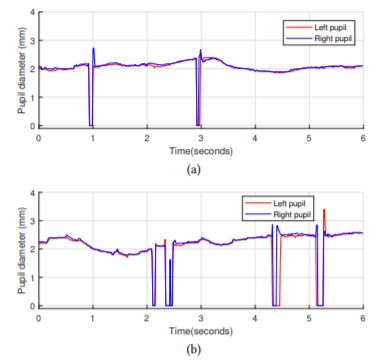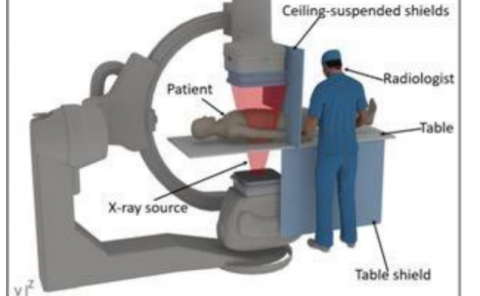Discrete scene rotation during blinks and its effect on redirected walking algorithms
PubDate: November 2018
Teams: ETH Zurich
Writers: Anh Nguyen;Andreas Kunz
PDF: Discrete scene rotation during blinks and its effect on redirected walking algorithms

Abstract
Moving through a virtual environment (VE) by real walking is beneficial to user immersion, feeling of presence and way finding. However, the available physical spaces are of limited size and usually much smaller than the VE. One solution to this problem is using redirection techniques (RDTs). While the focus of existing research has been mostly on continuous RDTs, work on discrete RDTs is still limited.
In this paper, we present our research results on the discrete rotation of a virtual scene during walking. A study with 14 subjects was conducted to identify the detection threshold of the scene rotation in two conditions: during blinking and when eyes are open. Results showed that on average, users failed to detect a scene rotation of 9.1 degrees during blinking, as compared to 2.4 degrees when eyes are open. Simulations were then performed to investigate the effects of incorporating discrete scene orientation during blinks into existing algorithms such as steer-to-center and steer-to-orbit when different predefined paths are followed. Results showed that on average the number of resets is reduced by 13%, and the minimum space required for encountering no reset is reduced by 20%. A reset technique was also proposed and shown to give better performance than the existing two-one turn reset technique.


